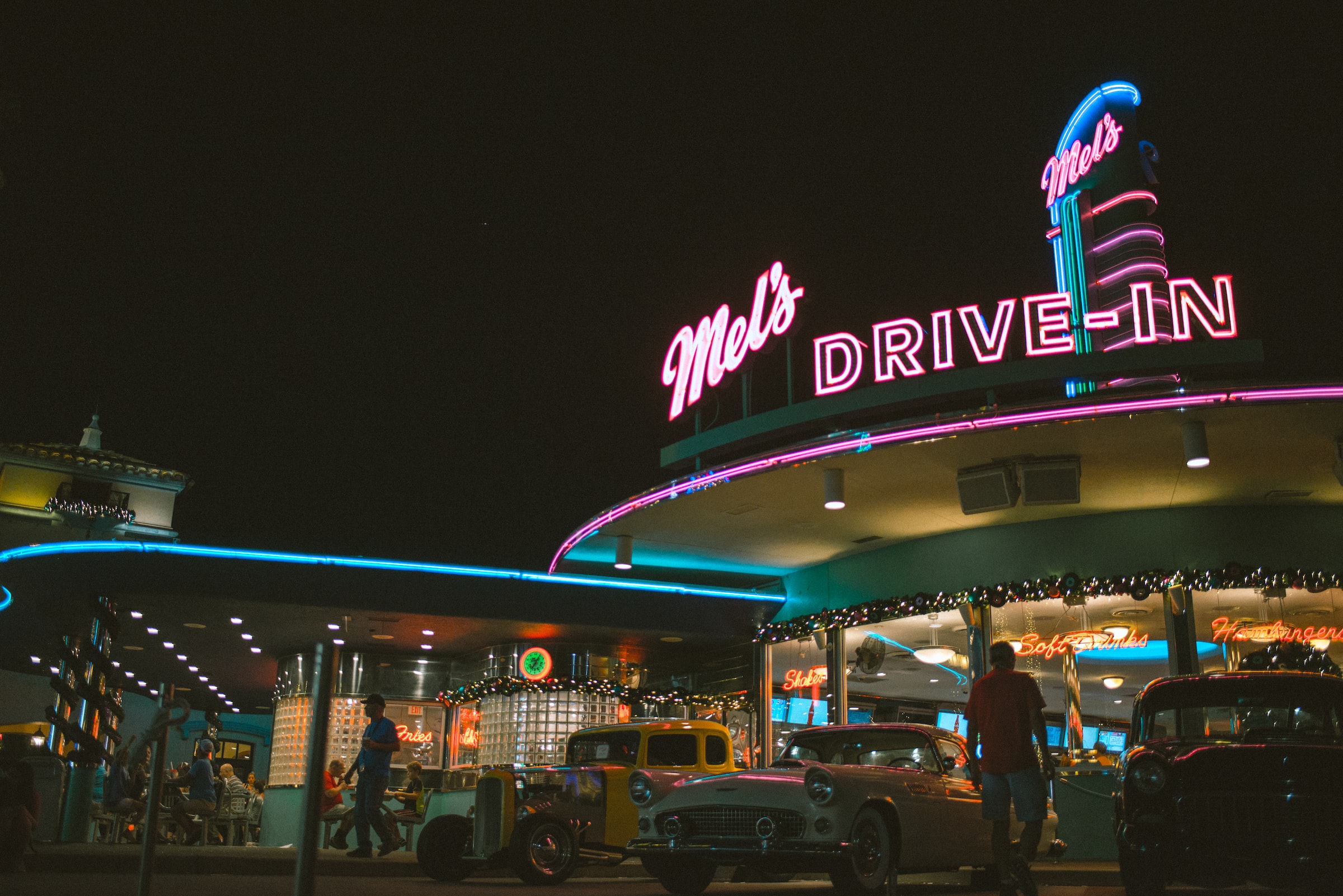
Culture Editor Emily Gulbis posits the return of the drive-in as a solution to socially distanced live performances, but it is not without problems
This week the government gave the go-ahead for performing arts to restart outdoors from the 11th of July. For venues like the open-air Minack Theatre in Cornwall, this was no doubt welcome news. However, many art venues do not have the facilities to offer outdoor performances. Current government plans show that cinemas and theatres must wait until stage five to reopen for a large audience. Hence drive-in performances of music, dance, theatre or film seem a sensible step toward helping the arts recover. Not only does the drive-in offer a return of entertainment outside the home, they also allow the arts to once again have a live audience.
Not only does the drive-in offer a return of entertainment outside the home, they also allow the arts to once again have a live audience
Drive-in events promise some return of normal activity for families in Britain. With the threat of a second wave of coronavirus, there is now a global effort to adapt our lifestyles to suit social distancing measures. The drive-in is already a success in Europe. For example, drive-in church services are already taking place in France and Germany while in England, a drive-in version of Henley Festival ran from the 9th to 11th July.
Already emerging across the UK is the drive-in cinema. The first drive-in film screening took place in 1933, in New Jersey. Before lockdown, the outdoor cinema was largely unheard of in the UK; there are currently only 20 permanent drive-in cinemas. This lack of success is largely down to cost. The expense of the film licensing alone often accounts for around 40% of expenditure.
Some see the drive-in as a new business opportunity. Recently furloughed couple Ian and Roseanne Marriott have invested £25,000 in opening a drive-in film screening. The Marriotts will use Mickleover football pitch in Derbyshire to stream cinema classics such as Grease. Depending on its success, the Marriotts have not ruled out continuing this venture as a permanent open-air cinema.
In addition, drive-ins may prove to be the solution for socially distanced theatre. Sonia Friedman, producer of West End hits like The Book of Mormon, fears that 70% of companies may go bust by the end of 2020, as more than 1,000 theatres in Britain risk being forced to shut their doors for good. Moreover, most theatres must cut their capacity by 40% to maintain social distancing, a further blow to ticket sales. However, concern remains over the environmental cost of drive-ins. Many conservationists warn that this cannot be a long-term answer for live performances.
Concern remains over the environmental cost of drive-ins
Julie’s Bicycle, the lead charity helping the culture sector move towards environmental sustainability, has already expressed concerns about the drive-in, the charity’s founder Alison Tickell cautioning: ‘Drive-in shows are a short-term reaction to keep the doors open.’
In ordinary times, to cut down on emissions, audiences were urged to car share. Naturally, during a pandemic, this environmental policy is not possible. In addition, with summer on the way, sitting in a hot car has little appeal. This worries many environmentalists as most cars will keep their engines running for air conditioning. Likewise, in winter, engines will need to run for heating the car.
While the National Theatre and Globe are releasing old performances on YouTube, the familiar interaction between actors and audience is not possible. Hence the question arises: does culture need a live audience? To combat this, Creation Theatre used the increasingly popular platform Zoom to perform The Tempest during the last week of April. The beauty of Zoom is that actors can again enjoy the applause, laughter and gasps of shock from the audience. Zoom has given theatre a new, virtual stage, although dependent on a good internet connection, which allows actors to return to work. Furthermore, Zoom does not raise the same environmental problems as the drive-in. The question arises: does culture need a live audience?
Drive-in culture and Zoom could prove to be the saviour of the arts as current social distancing will prevent the return of indoor entertainment for the following months. However, many will eagerly await the return of theatres, as the intimacy shared between performers and their audience cannot be replicated at a distance or via an unreliable internet connection.
Read more from Culture:
Moving Towards The Digital Realm
Comments